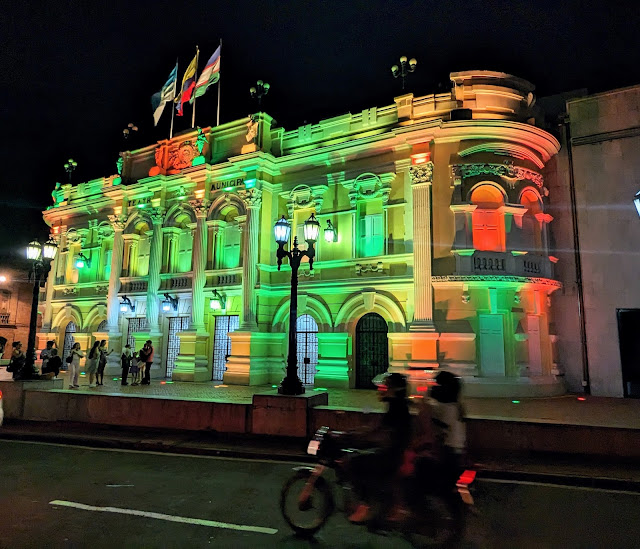The Cali Cartel- pure history or does it still exist?

Santiago de Cali, Colombia, typically referred to simply as Cali, is a complicated city. It has spent years on the most dangerous cities in the world list, yet it still has large areas of completely safe and enjoyable areas (much like Chicago or similar USA cities). It is often referred to as the salsa music capital of the world (rightfully so). It boasts a massive tourism boom around the Christmas holidays, bringing in musical artists and guests from around the world. Almost every hotel room is booked and the streets are alive with music and people.
Famous and not so famous Cali Cartel locations that still exist
Despite the beauty that the city holds, the first thing people outside of Colombia often think of when they hear the city mentioned is the Cali Cartel. This was inflated in recent years due to popular shows on Netflix and other services. But many people wonder, does the Cali Cartel still control the city or is it pure history?
A simple Google search will quickly tell you that the Cali Cartel is dead but a conversation with many locals will say that the effects and strength of the cartel are still strong in the city. Towards the end of the cartels reign of power they aligned with many rebel and revolutionary groups. This added much needed gun power and control of the rural areas. Over the years the original groups mostly dissolved, but this left many splinter groups with the capability to produce cocaine and traffic it.

The last major kingpin of the Cali Cartel was Francisco Hélmer Herrera Buitrago, commonly known as “Pacho”. He was arrested in late 1996 and killed a few years later in prison. Many of his favorite hotels and bars that he helped fund are still very popular in Cali.
Many remaining cartels members joined (bought their way in) rebel forces when they realized a peace agreement was in the works. This agreement would allow many criminals to lay down arms and avoid serious prison time. Some won on the deal, some went to jail, and others went to the jungles to mass produce cocaine.
In the south of the Valle del Cauca, the state of which Cali is the capital of, resides powerful remnants of Las Fuerzas Armadas Revolucionarias de Colombia (commonly known as FARC). From this area the group is known to traffic cocaine to the Pacific Coast and ship it to Mexico. Many claim this is one of the routes that the Cali Cartel setup years ago.

While multiple Mexican cocaine brokers have been arrested in the city of Cali in recent years, there is no indication they are looking to take over the territory. All signs point to that they are simply brokering shipments north.
The long running violence in Colombia has been a messy internal war between cartels, far right and far left movements, street gangs, and government entities. Trying to sort it out is almost impossible. The only thing that is certain is that cocaine money made these conflicts possible. The return was too high to turn down for any side of this conflict. Without the original powerful cartels like Cali and Medellin pumping billions into the underworld, the civilian armed forces and street gangs would never have had the funds to exist at such a powerful level.
Yes it is possible to dig deep and find remnants of the original cartel in the city, however when people say the cartel still runs the city, they are actually referring to the long term damaging path they paved years ago.

K. Mennem lives life between Colombia and Mexico, primarily shooting photography for Getty Images. He occasionally writes informative posts based on his adventures. kmennem@gmail.com

More on the current fight between family members of the Herrera Clan (Pacho) soon. His nephew was arrested a while back for trying to take back property of his uncle. He used murder.
ReplyDeleteWhat is up w with Pachos fam?
ReplyDelete